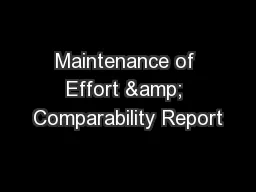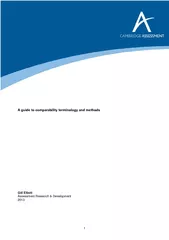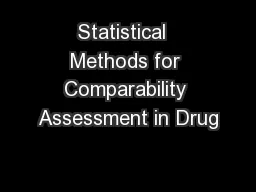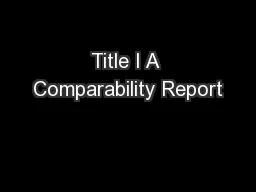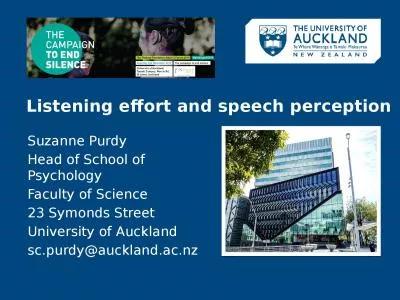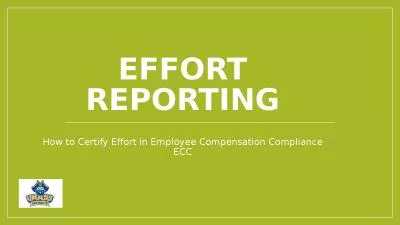PPT-Maintenance of Effort & Comparability Report
Author : alexa-scheidler | Published Date : 2016-03-05
Teresa Scott Accounting ManagerGrant Management Albuquerque Public Schools scottteresaapsedu NM ASBO Winter Conference Track 2 NEVADA February 16 2012 330pm 500pm
Presentation Embed Code
Download Presentation
Download Presentation The PPT/PDF document "Maintenance of Effort & Comparabilit..." is the property of its rightful owner. Permission is granted to download and print the materials on this website for personal, non-commercial use only, and to display it on your personal computer provided you do not modify the materials and that you retain all copyright notices contained in the materials. By downloading content from our website, you accept the terms of this agreement.
Maintenance of Effort & Comparability Report: Transcript
Download Rules Of Document
"Maintenance of Effort & Comparability Report"The content belongs to its owner. You may download and print it for personal use, without modification, and keep all copyright notices. By downloading, you agree to these terms.
Related Documents

